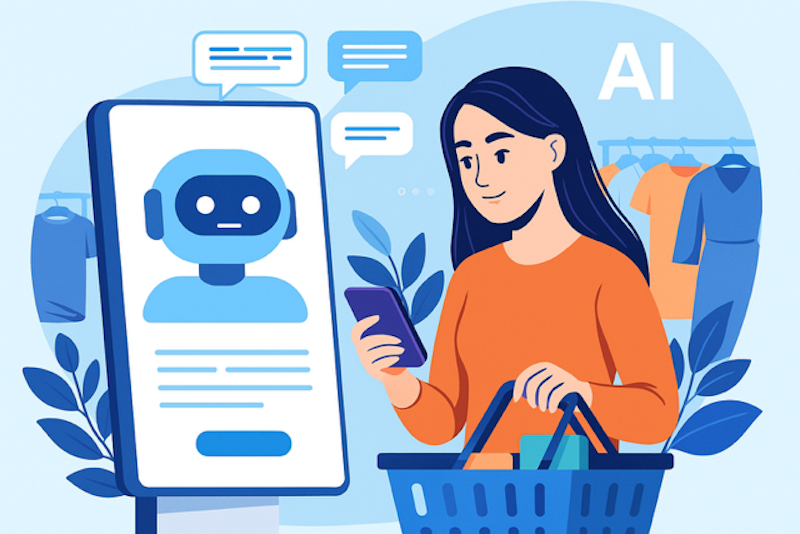Digital transformation will help retailers keep us safe
By Mike Elliott, Founder and CEO, Over-C
We are slowly beginning to exit lockdown. From a retail perspective, this has meant the steady reopening first of open air markets and then from 15th June, non-essential shops and shopping centres.
Whilst the easing of lockdown will be a reassuring milestone for many, the retail sector in particular must continue to stay alert to the possibility of a second peak.
As restrictions are lifted, high footfall venues such as department stores and shopping centres will be responsible for ensuring that social distancing measures are put in place and adhered to.
Across both large and small retailers, with shops of all sizes, digital transformation is going to play a key role in ensuring that these social distancing rules are met without the need for extra staff or complicated guidelines.
As we enter a period of looser restrictions, there are two key areas for retailers to focus on when planning for the so called “new normal”. Protecting their customers during the shopping experience and protecting their frontline staff during the course of them carrying out their jobs.
Protecting customers
This is critical for retailers, both to improve customer safety during their shopping experience and to ensure we are able to avoid a second peak. For customer protection, technology will help to ensure that venues can be easily and effectively managed as new hygiene and social distancing regulations are enforced.
IoT systems, for example, will allow simple customer flow systems to be implemented. Sensors and people counters can be used to alert staff to areas where maximum capacity has been reached.
In larger venues, this sensor data can then alert staff at the front of a shop or shopping centre to stop people from coming in. This system will ensure that capacity is never exceeded inside the venue and will enable more effective social distancing and control over crowds.
It is, put simplistically, an automated and connected version of the current “one-in one-out” policies we currently see at local supermarkets. By digitally enabling this system, much larger venues such as shopping centres will be able to enforce a customer flow system by easily visualising how full the venue is.
Protecting staff
Technology will also be critical in ensuring staff members are protected. Throughout the lockdown, we have recognised the importance of frontline staff in keeping the country running. Now, as more return to work in the retail sector, businesses must recognise their contribution by making their working environment as safe as possible.
Lots of technology that enables protection of customers could also be used to protect employees. The IoT enabled capacity sensors that will help with customer flow, for example, can also ensure that staff are directed away from areas that have a high number of people.
This ensures that frontline workers are only carrying out roles away from areas that have a high number of customers to ensure they can carry out tasks in a socially distanced environment.
Remote working capabilities, too, will be critical in ensuring the safety of staff members. Frontline management staff in particular can be empowered through IoT technology to manage workforces remotely.
Sensor technology and task monitoring can give management staff high levels of real-time visibility over a retail venue, enabling them to communicate directly with frontline workers without the need to be physically in the store.
Digital transformation in the new normal
We’re about to enter a new normal for retail, with public health relying on businesses enforcing new guidelines on social distancing and safety in the workplace. By embracing digital transformation, shops can ensure everyone is kept safe at all times and business continues.










Continue reading…